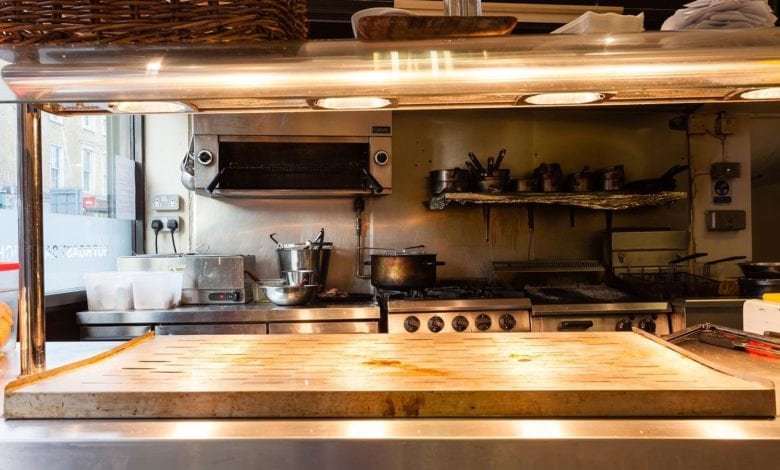Ways to avoid cross-contamination in your kitchen

The last thing a restaurant owner wants is to risk their customers’ health or that hard-earned consumer trust with an avoidable issue. On a similar wave length, customers don’t want to be affected when they eat out either.

